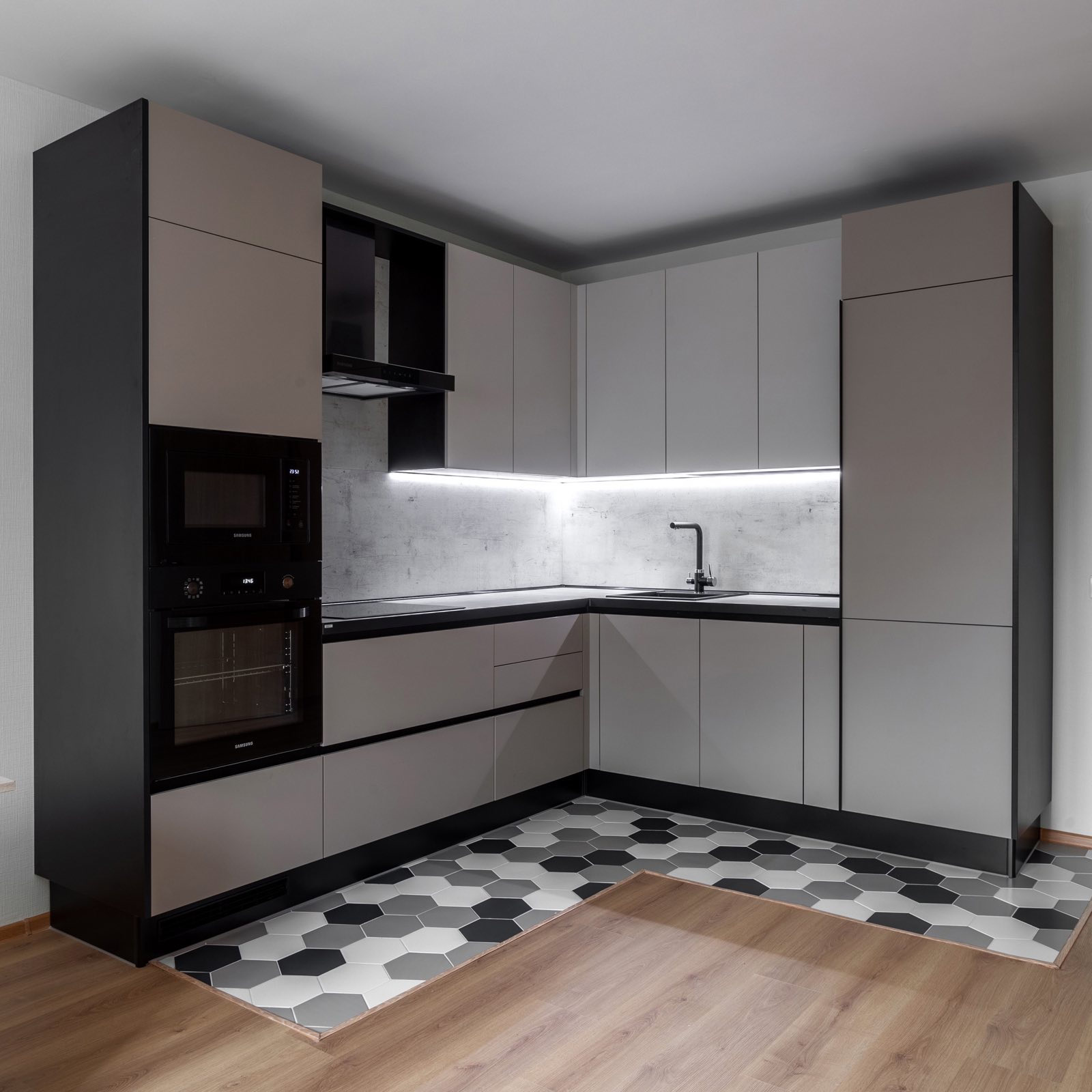
Culinary Spaces Redefined
Introduction to the Evolution of Culinary Spaces
The concept of a culinary space has continually evolved to meet the changing demands and tastes of society. Gone are the days when kitchens were hidden away, purely utilitarian and disconnected from other living areas. Today's culinary spaces are not only about cooking; they are the heart of the home, a nexus of social interaction, design innovation, and technological advancement. This article explores how culinary spaces have been redefined, transforming them into multifaceted hubs that cater to a variety of activities and experiences.
The Rise of Open-Plan Kitchens
One of the most significant shifts in kitchen design has been the adoption of the open-plan layout. This design removes barriers between the kitchen and the living areas, creating an integrated space that fosters interaction and togetherness. Open-plan kitchens invite people to gather, communicate, and participate in the cooking process, making meal preparation a collective and engaging experience. The redefinition of this culinary space not only changes the way we cook but also the way we socialize and live.
Technology Integration in Modern Culinary Spaces
Advancements in technology have played a pivotal role in the transformation of culinary spaces. Smart appliances, responsive systems, and voice-controlled devices have become commonplace, offering convenience and efficiency that were once the stuff of science fiction. Interactive countertops, refrigerators with internet connectivity, and app-controlled ovens are just a few examples of how technology is seamlessly integrated into modern kitchens, shifting the culinary experience to new heights of innovation.
The Aesthetic Shift and Personalization
Beyond functionality, there has been a notable shift in the aesthetic presentation of culinary spaces. Contemporary kitchens are now designed with a focus on personal style, with a vast array of materials, colors, and textures to choose from. The rise of bespoke kitchen designs allows individuals to express their personality and tastes, creating spaces that are not only for cooking but also a reflection of their identity. Additionally, this personalization extends to adaptable and modular kitchen elements that can be altered to suit changing needs and preferences.
Sustainability and Eco-Friendly Kitchens
As we become more conscious of our environmental impact, sustainable practices have permeated into the realm of culinary spaces. Eco-friendly kitchens prioritize the use of sustainable materials, energy-efficient appliances, and waste reduction techniques. The redefined kitchen is not only a place to prepare food but is also a statement of our commitment to the environment, with composting systems, recycling stations, and water-saving fixtures becoming integral components of the design.
Culinary Spaces as Multi-Functional Environments
Contemporary culinary spaces are now multi-functional environments that cater to a variety of activities. From dining to working from home, modern kitchens are equipped to handle diverse tasks with ease. Islands and extended countertops serve as spaces for children's homework, casual dining, or as a workstation for remote employment. This multipurpose approach to kitchen design redefines its role in the home and adapts to the evolving demands of modern lifestyles.
Conclusion: Culinary Spaces for the Future
The redefinition of culinary spaces reflects the changing dynamics of how we live, work, and interact. As we continue to push the boundaries of design and technology, kitchens will likely become even more adaptive, multifunctional, and central to our daily lives. These spaces will not only cater to our basic need to prepare food but will also serve as centers of innovation, sustainability, and social connection. The culinary space of the future promises to be a harmonious blend of tradition and modernity, ever-evolving to enhance our quality of life.